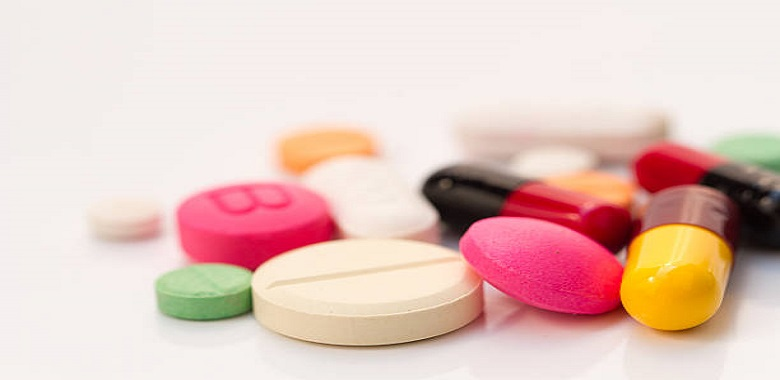
Acute diarrhoea is defined as an acute onset of ≥3 times loose or watery stools per day during a period of ≤14 days. Infection is the most common cause of acute diarrhoea.[1] According to the Infectious Diseases Society of America (IDSA) guideline recommendations for the empiric antibacterial treatment of bloody diarrhoea:
- Empiric antimicrobial therapy for bloody diarrhoea is not recommended for immunocompetent children and adults who are waiting for the results of investigations, except for the following:
a) Infants aged ❤ months with suspicion of a bacterial aetiology.
b) Ill immunocompetent people with fever, abdominal pain, bloody diarrhoea, and bacillary dysentery (frequent scant bloody stools, fever, abdominal cramps, tenesmus) presumptively caused by Shigella sp.
c) People with body temperatures ≥38.5 degree Celsius and/or signs of sepsis who have recently travelled internationally.
- Adults should be treated with either a fluoroquinolone, such as Ciprofloxacin or Azithromycin as an empiric antibiotic, based on local susceptibility patterns and travel history.
- Empiric treatment for children comprises a third-generation cephalosporin for infants aged ˂3 months and patients with neurologic involvement, or Azithromycin, depending on local susceptibility patterns and travel history.
- In immunocompromised patients with severe disease and bloody diarrhoea, empiric antibacterial treatment should be considered.
- Asymptomatic contacts of people who have bloody diarrhoea should not be given empiric treatment but should be instructed to follow appropriate infection prevention and control measures.
- After performing collection of blood, stool, and urine culture samples, those with signs of sepsis with suspicion of enteric fever should be treated empirically with broad-spectrum antimicrobials.
- When antimicrobial susceptibility testing findings are available, antimicrobial therapy should be narrowed. If an isolate is not available and clinical suspicion of enteric fever exists, antimicrobials might be given based on susceptibility patterns from the acquisition setting.
- Antimicrobial therapy for patients who have Shiga toxin-producing Escherichia coli infections (STEC) O157 and other STEC that produce Shiga toxin 2 (or if the toxin genotype is unknown) should be avoided.
- Antimicrobial therapy for infections caused by other STEC that do not produce Shiga toxin 2 (usually non-O157 STEC) is controversial due to a lack of evidence of benefit and the risk of harm associated with some antimicrobial drugs.

 Pei-Yun Tsai et. al/Cell Host and Microbe
Pei-Yun Tsai et. al/Cell Host and Microbe
